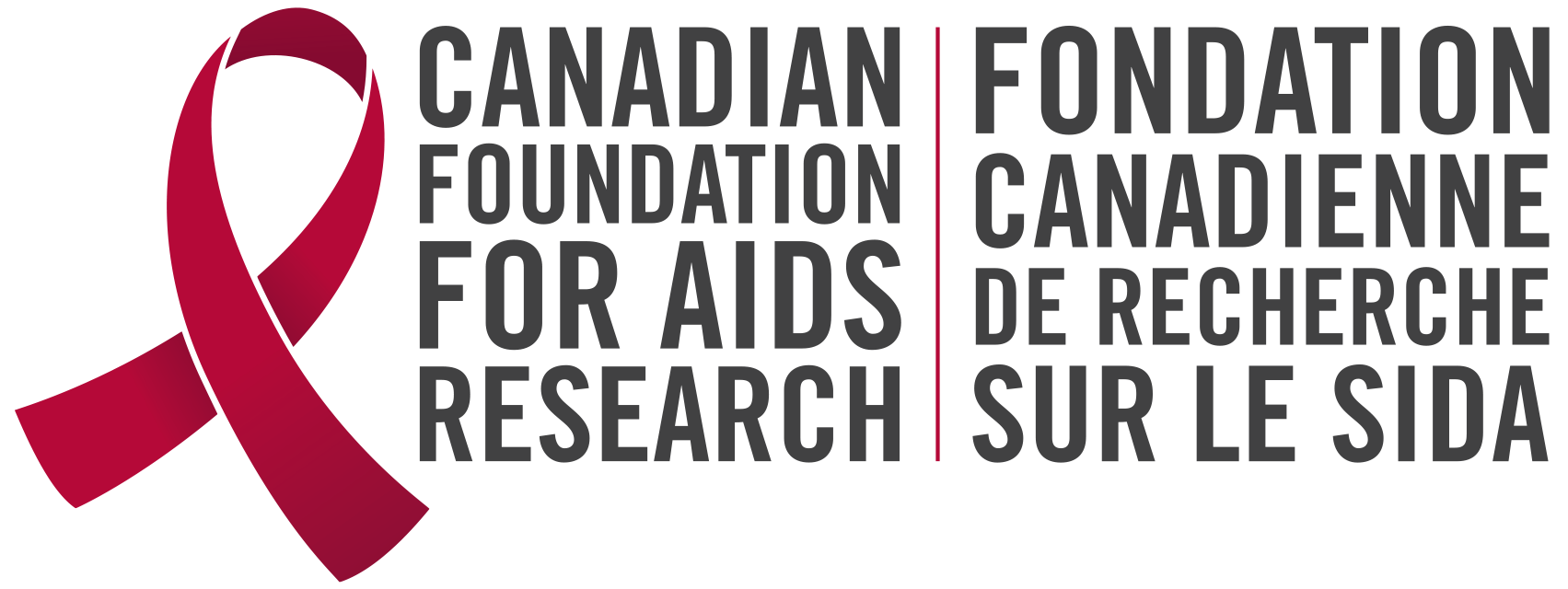MEET DR. JACQUELINE GAHAGAN
Dr. Jacqueline Gahagan is a CANFAR-funded researcher. She is a Full Professor of Health Promotion and Head of the Health Promotion Division in the School of Health and Human Performance in the Faculty of Health Professions at Dalhousie University. She has been involved in HIV/AIDS advocacy, activism and research for over two decades and received the Queen Elizabeth II Diamond Jubilee Medal in 2012 for excellence in the field of HIV/AIDS.
 What should we know about HIV and AIDS right now?
What should we know about HIV and AIDS right now?
While HIV can now be treated with advances in medication, it is not something you can get rid of so we still do need to pay attention to primary prevention. We need to ensure that those who are living with HIV are aware of their HIV infection so they can benefit from these treatments before becoming really unwell. We can only do this by being creative and proactive in the ways in which we offer HIV testing, such as point-of-care HIV testing where results can be given right away. We also need to look at how the key determinants of health continue to impact on rates of infection and to address these using more proactive prevention approaches such as ‘housing as HIV prevention,’ or ‘poverty reduction as HIV prevention.’
What research projects are you currently working on?
In summary, I have a wide variety of funded HIV and sexual health social science research ongoing in my research unit that takes into consideration the ways in which key determinants of health (i.e. gender, income, education, housing, etc.) impact on both primary prevention as well as secondary prevention (see www.dal.ca/gahps for more details), including ‘Primary and Secondary Prevention of HIV and HCV Among Youth in the Atlantic Canada,’ the development of a ‘National Consensus Statement on Women, Trans People and Girls and HIV Research,’ Access to and Uptake of HIV Point-of-Care-Testing,’ and the ‘Sexually Transmitted Infection Research Network (STIRN).’
What’s a typical day like in the lab?
Generally, my day starts with meetings with my research manager to see where our various projects are at, what funding applications are due, develop research ethics applications, meet with my amazing students and trainees to see how they are progressing with their own research, host teleconferences with national and international colleagues, hold face-to-face meetings with other faculty, and ends with a walk home along the ocean to reflect on the day.
What type of small advancements do you see in a day/week/month?
Over the last few years, we have seen advancements both nationally and regionally in the ways we approach HIV testing, including offering innovative testing approaches like point of care testing to help ensure those who are living with HIV can benefit from timely access to care and treatment. It is interesting to note that we are the only region in Canada without regular access to point of care testing and this may lead to barriers in finding out one’s HIV status, particularly in more rural and remote areas. That is way we are doing research to look at issues of community readiness for testing innovations such as point of care HIV testing.
What do you hope to achieve through your research?
From a health equity perspective, I hope to develop or realign HIV testing policies and programmatic responses to get ahead of HIV infections among populations who are least likely to come forward for HIV testing, and to help ensure those with HIV infection who are unaware of their HIV status have easier access to testing so they too can benefit from new advancements in treatment and care.
What excites you about your research?
Seeing all the energy and excitement about the work we are doing and seeing the shifts in HIV policies to improve our prevention efforts in schools, communities, and beyond.
What is the most important area of HIV and AIDS research right now?
This is a really hard question to answer given all the various priorities and key issues in HIV research. From my perspective, I think we need to look at innovation in HIV testing that allows for multiple testing opportunities along with other infections, for example, point of care testing for HIV/HCV/STI all in one.
Why is now the time to make HIV and AIDS research a priority in Canada?
We cannot allow shifts in funding and a push for integrated approaches to HIV/STI/BBI to cause us to lose ground in the advances we’ve made over the last 3 decades. We need to learn from the 30 years of the social movement surrounding HIV in North America and to ensure we address important, lingering issues such as HIV stigma and discrimination, gender-based differences in HIV risks, homophobia and other factors which create the social conditions for HIV risk or ‘risk contexts.’
Why is now the time to make HIV and AIDS research a priority globally?
As stated earlier, making sure we do not lose the forward momentum associated with a focused, stand-alone approach to HIV from the last 30 years and to make certain the advancements in prevention, care and treatment that we benefit from in Canada are shared by those in other regions of the world.
What can Canada offer that sets them apart with HIV and AIDS research?
We have such a great national group of folks working really hard in HIV research across all types of research from basic and clinical research to the work I do in the social sciences, and with that, lots of leadership and innovation in HIV research. We are very fortunate in Canada to have dedicated funding sources like CANFAR, which funded one of my first studies on young heterosexual males and HIV prevention.
What’s next for HIV and AIDS research in Canada?
I see two keys shifts occurring:
- Integration: More ways to integrate our responses to HIV in a way that intersects with other blood borne viruses and infections such as Hepatitis C and some sexually transmitted infections.
- Program Science: Looking at ways to improve the planning, implementation and evaluation of, for example, HIV prevention programs.
What have been the most important research milestones for HIV and AIDS?
Without a doubt, the development and scaling up of treatment and access to these new treatments for people living with HIV globally. This has been a major game changer in our approach to HIV and has been key in preventing people from developing AIDS and passing away. With this treatment milestone has come the need to revisit our approaches to meeting the broad determinants of health that impact on HIV infection rates, as well as on how people can live well with HIV across the life course by considering the need to address housing, food security, gender-based violence, mental health, addictions and poverty.
